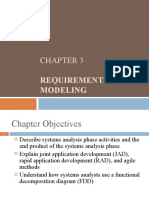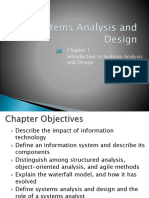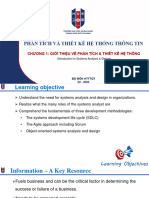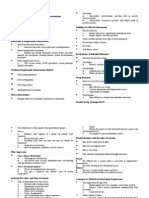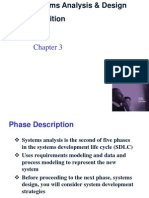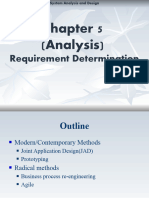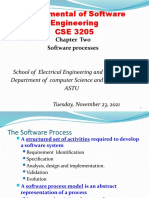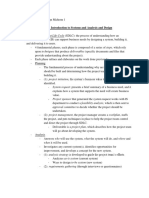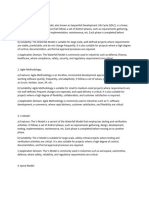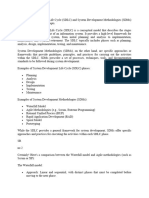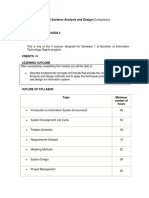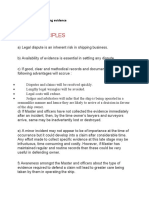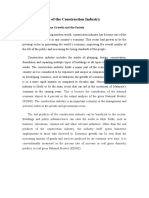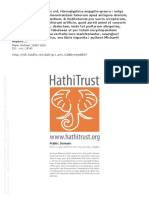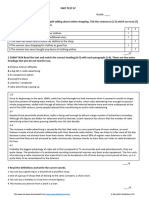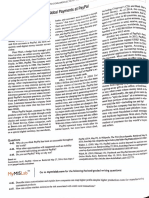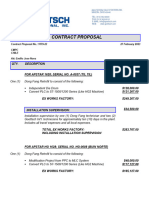0% found this document useful (0 votes)
5 views38 pagesChapter02 - Part 2
Chapter 2 discusses requirements modeling and emphasizes the importance of systems analysis skills and user involvement in system development. It details methodologies like Joint Application Development (JAD), Rapid Application Development (RAD), and Agile methods, highlighting their advantages and disadvantages. The chapter concludes with a focus on the fact-finding process and the objectives of the systems analysis phase to ensure alignment with business requirements.
Uploaded by
hnhi6640Copyright
© © All Rights Reserved
We take content rights seriously. If you suspect this is your content, claim it here.
Available Formats
Download as PDF, TXT or read online on Scribd
0% found this document useful (0 votes)
5 views38 pagesChapter02 - Part 2
Chapter 2 discusses requirements modeling and emphasizes the importance of systems analysis skills and user involvement in system development. It details methodologies like Joint Application Development (JAD), Rapid Application Development (RAD), and Agile methods, highlighting their advantages and disadvantages. The chapter concludes with a focus on the fact-finding process and the objectives of the systems analysis phase to ensure alignment with business requirements.
Uploaded by
hnhi6640Copyright
© © All Rights Reserved
We take content rights seriously. If you suspect this is your content, claim it here.
Available Formats
Download as PDF, TXT or read online on Scribd
/ 38







